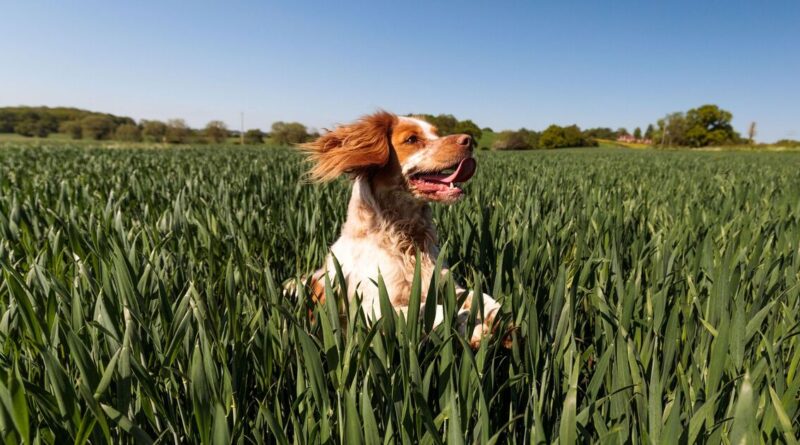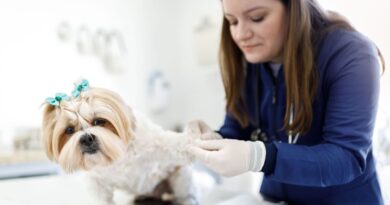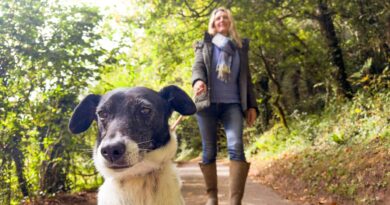I’m a vet and these are the 10 most accident-prone dog breeds
Every dog owner will be aware of the mischief that their four-legged friend can end up in. But what they might not realise is that some breeds are actually more accident-prone than others, with one breed even accounting for over 10% of all accident claims on its own.
After analysing accident claims data between June 2024 and May 2025, the pet experts at Waggel have found that Cocker Spaniels are the most accident-prone breed, generating more than 2,500 claims. Dr Aimee Warner, resident veterinarian at Waggel, explained: “Cocker Spaniels are fantastic family pets thanks to their enthusiasm and energy, but all that bounce can land them in trouble.
“They’re prone to eating things they shouldn’t, bumping into objects, and generally causing chaos. Their curious nature and food motivation make them particularly accident-prone.”
Top 10 accident-prone dog breeds
- Cocker Spaniel
- Cockapoo
- Medium mixed breed (10–20kg)
- Labrador
- Golden Retriever
- Miniature Dachshund (Short-haired)
- Labrador Retriever
- Small mixed breed (<10kg)
- English Springer Spaniel
- Labradoodle
How to protect accident-prone breeds
There are several ways you can help protect even the most accident-prone dogs. The first step is to secure your home, with pet insurance experts suggesting installing childproof locks on all cupboards and securing bins with tight-fitting lids.
Many accidents occur when dogs raid rubbish bins, so consider opting for a pedal bin or storing your bin in a locked cupboard.
Ensure that you remove all small objects from the floor, regularly sweeping for coins, hair ties, or children’s toys that curious dogs might swallow.
You should also never leave food unattended, even just 30 seconds away can result in stolen meals, especially with opportunistic breeds like Spaniels. And with plenty of foods not suitable for your canine pals, just a few seconds could lead to an emergency vet visit.
Cables and charges should be stored out of reach to prevent electrocution risks from curious dogs who might chew on wires.
It may also be worth checking your garden for any toxic plants. Remove or fence off common hazards like foxgloves, azaleas, and daffodil bulbs that accident-prone breeds might dig up or consume.
Dr Warner finishes: “With veterinary costs rising, understanding which breeds are most likely to need emergency treatment could help owners prepare for unexpected expenses and life-saving decisions.
“The numbers tell us that there’s no such thing as a ‘bad breed,’ only breeds whose instincts may not align with modern domestic life without proper management.
“These accident-prone breeds often make the most loyal, engaging companions when owners understand and work with their inherent characteristics rather than against them.”





